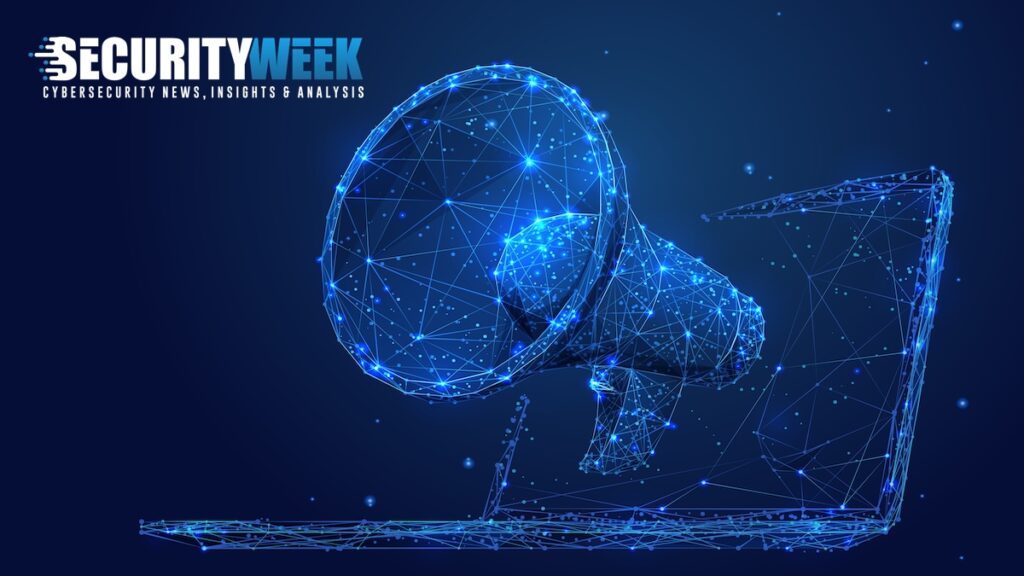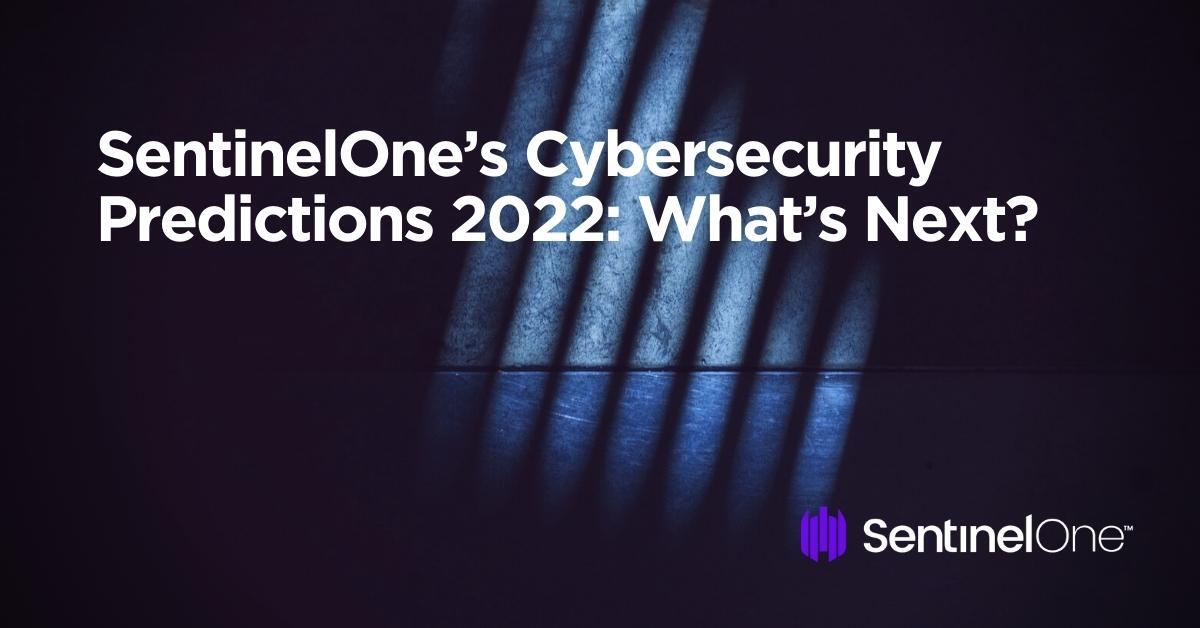Future-Proof Your Company: Secret Cybersecurity Forecasts You Need to Know
As services confront the accelerating speed of digital improvement, understanding the evolving landscape of cybersecurity is important for long-lasting durability. Forecasts suggest a considerable uptick in AI-driven cyber dangers, alongside heightened regulatory examination and the crucial shift in the direction of Zero Depend on Style.
Increase of AI-Driven Cyber Risks

One of the most worrying developments is the usage of AI in developing deepfakes and phishing schemes that are remarkably persuading. Cybercriminals can produce sound and video web content, impersonating executives or trusted people, to adjust victims right into revealing delicate details or authorizing illegal transactions. In addition, AI-driven malware can adapt in real-time to evade detection by traditional safety and security procedures.
Organizations need to identify the urgent need to boost their cybersecurity frameworks to fight these developing dangers. This includes investing in innovative hazard detection systems, fostering a culture of cybersecurity understanding, and executing durable case response strategies. As the landscape of cyber threats transforms, proactive steps become crucial for protecting delicate information and keeping business honesty in an increasingly electronic world.
Boosted Focus on Information Personal Privacy
Just how can companies properly navigate the growing focus on information privacy in today's digital landscape? As regulatory structures evolve and consumer assumptions rise, services must prioritize robust information personal privacy techniques. This involves taking on extensive information governance policies that make certain the honest handling of personal details. Organizations needs to conduct routine audits to analyze compliance with regulations such as GDPR and CCPA, determining possible vulnerabilities that could result in information breaches.
Spending in worker training is essential, as personnel understanding straight impacts information security. Furthermore, leveraging modern technology to boost data security is necessary.
Collaboration with lawful and IT teams is vital to align data privacy efforts with organization purposes. Organizations needs to additionally engage with stakeholders, consisting of consumers, to communicate their dedication to information privacy transparently. By proactively addressing information privacy problems, services can build trust fund and improve their track record, eventually adding to long-lasting success in a progressively inspected electronic atmosphere.
The Change to Zero Trust Style
In response to the advancing risk landscape, organizations are significantly adopting Absolutely no Trust Architecture (ZTA) as an essential cybersecurity approach. This strategy is based on the concept of "never trust, constantly validate," which mandates continual verification of customer identities, tools, and information, regardless of their place within or outside the network boundary.
Transitioning to ZTA includes implementing identification and gain access to administration (IAM) solutions, micro-segmentation, and least-privilege access controls. By granularly regulating access to sources, companies can reduce the risk of insider dangers and decrease the impact of exterior breaches. ZTA incorporates durable monitoring and analytics abilities, allowing organizations to find and respond to abnormalities in real-time.

The change to ZTA is also sustained by the boosting adoption of cloud services and remote job, which have actually expanded the strike surface area (cyber attacks). Standard perimeter-based safety and security models are not enough in this new landscape, making ZTA a more resistant and adaptive structure
As cyber dangers remain to expand in sophistication, the adoption of Absolutely no Trust cyber resilience concepts will be essential for companies seeking to protect their assets and preserve regulatory compliance while making sure company connection in an unclear environment.
Regulatory Changes coming up

Forthcoming laws are anticipated to resolve a variety of issues, consisting of data personal privacy, violation alert, and case action methods. The General Data Defense Law (GDPR) in Europe has established a precedent, and similar structures are emerging in various other areas, such as the United States with the proposed federal privacy laws. These guidelines often impose rigorous penalties for non-compliance, emphasizing the need for companies to prioritize their cybersecurity actions.
In addition, sectors such as finance, health care, and critical facilities are most likely to face much more strict demands, reflecting the sensitive nature of the data they take care of. Conformity will certainly not simply be a legal responsibility but an essential element of structure trust fund with customers and stakeholders. Organizations must remain in advance of these changes, integrating regulatory requirements into their cybersecurity strategies to make certain resilience and safeguard their possessions effectively.
Relevance of Cybersecurity Training
Why is cybersecurity training an essential component of an organization's defense strategy? In an era where cyber threats are increasingly advanced, organizations need to recognize that their staff members are often the very first line of defense. Reliable cybersecurity training equips personnel with the expertise to determine potential dangers, such as phishing strikes, malware, and social engineering tactics.
By cultivating a culture of protection understanding, companies can substantially reduce the danger of human error, which is a leading cause of information breaches. Routine training sessions make certain that workers stay informed regarding the current threats and best methods, therefore enhancing their ability to respond appropriately to occurrences.
In addition, cybersecurity training advertises compliance with regulatory demands, decreasing the risk of legal repercussions and monetary penalties. It also encourages employees to take ownership of their duty in the company's protection framework, resulting in an aggressive instead of reactive technique to cybersecurity.
Conclusion
In conclusion, the progressing landscape of cybersecurity demands proactive procedures to deal with arising risks. The rise of AI-driven attacks, coupled with increased information personal privacy worries and the transition to No Count on Design, necessitates a comprehensive technique to safety and security. Organizations should remain watchful in adjusting to regulative changes while prioritizing cybersecurity training for workers (cybersecurity and privacy advisory). Stressing these approaches will not just enhance organizational durability however additionally safeguard sensitive information against an increasingly innovative array of cyber risks.